Additive masterbatches are materials that consist of one or more additives and a polymer base and are used to improve the properties of polymers, solve process problems and create special properties in polymers. The physical and mechanical structure of polymers may change during the production process or during use due to heat, humidity, UV radiation, impact and chemicals. Polymers can be made resistant to these changes by adding and purchasing additive masterbatches. In addition to stability, additive masterbatches improve color, transparency, beauty and reduce product costs. In this regard, Kimia Trava Tech Company produces a wide and diverse range of additive masterbatches and offers solutions in response to the specific needs of customers. How to use additive masterbatches varies depending on the type of polymer and its application.
Additive masterbatch
Types of additive masterbatches:
Clarifying additive masterbatch
Most plastic products naturally tend to turn yellow, which occurs due to the degradation of polymers by ultraviolet light and their processability, which causes the degraded parts to take on a yellow and dull appearance in daylight, which has a negative effect on the appearance of the product.
To prevent this change in appearance, an optical brightener masterbatch is used with a specific percentage of consumption.
Kimia Trava’s optical brightener masterbatch, with its special formulation, acts through a fluorescent mechanism that absorbs light in the UV spectrum and emits it in the blue region of the visible spectrum, which covers the natural yellowness of plastics, makes them whiter, eliminates turbidity, and makes the final product brighter and more transparent.
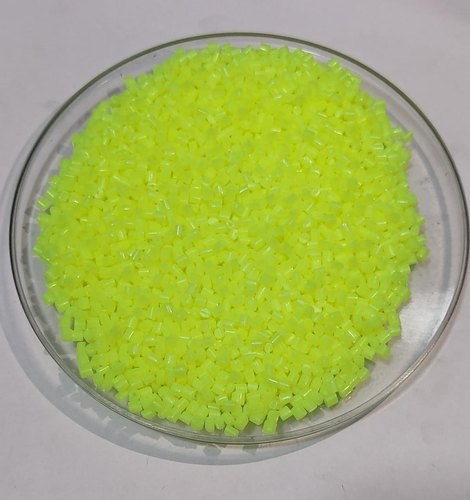
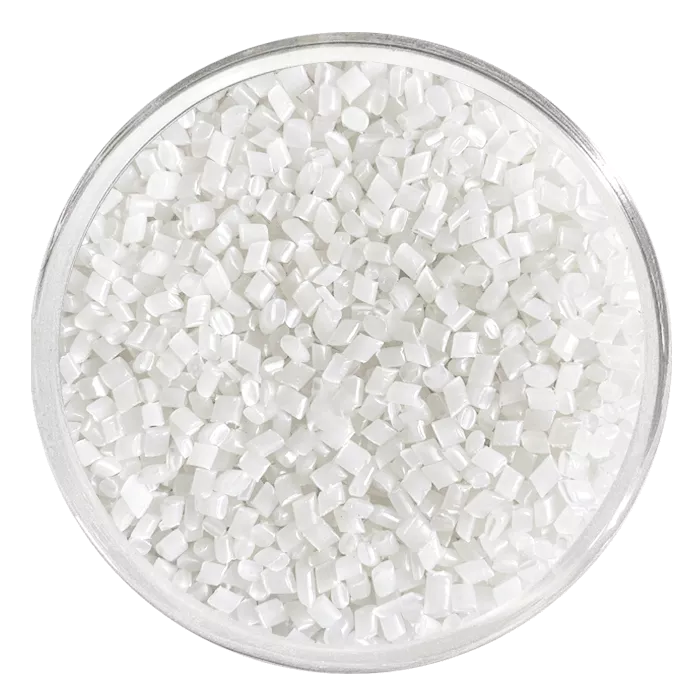
Lubricant + Anti-blocking additive masterbatch
The high coefficient of friction in the production process of polymer films leads to adhesion between the polymer film and any metal surface and mold, the two film layers sinking into each other or in other words, the blocking of the film layers, which disrupts the production process and consequently reduces the production speed.
To prevent this event, an additive masterbatch called a slip masterbatch is used, which functions by migrating to the surface.
Kimia Trava Tek’s Slip Agent + Anti Block additive masterbatch contains two types of slip and anti-blocking additives that are formulated and combined with a special technology.
Kimia Tarava’s lubricant additive masterbatch works in a way that, after the polymer production process and cooling, it quickly creates a solid lubricant layer on the product surface, which reduces friction or adhesion between polymer surfaces and polymer with other materials. This layer reduces the coefficient of friction between film layers or the film with any other surface it is in contact with, and causes better and easier separation of the film from the surface, which increases production speed.
Antistatic additive masterbatch
Static charges are created when two surfaces come into contact with each other and then separate, and electrical insulators such as plastics retain electrical charges on their surfaces and do not allow them to completely discharge to ground. Therefore, charges created in plastics during or after the manufacturing process can be released at various points, causing problems such as:
- Dust and dirt on the plastic surface
- Creating sparks and possible fire
- Damage to electrical components
- Creating noise
To prevent this, a product called antistatic masterbatch or antistatic masterbatch is used, which are small molecular organic materials whose function is to migrate to the surface. Antistatic additive masterbatch (Anti static) by Kimia Trava is in the form of granules and is combined as an additive with polymer materials at a certain percentage of consumption. By creating a polar path on the surface and reducing the surface electrical resistance of the polymer, it causes the spread of static electricity on the surface of the polymer and increases conductivity and reduces bulk or surface resistance, preventing the production of electric charge, which is what creates the antistatic property.
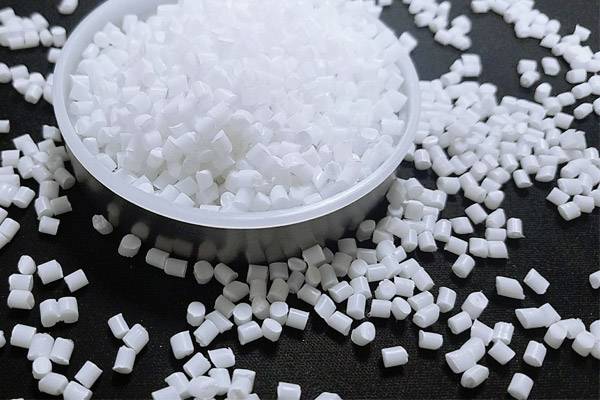
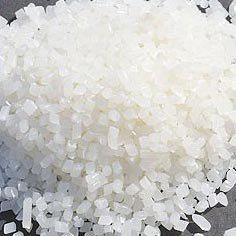
Anti-UV additive masterbatch
Exposure of plastics to the outdoor environment and sunlight, which is a powerful source of destructive UV radiation, causes the breakdown of chemical bonds and ultimately the destruction of the polymer and changes in the appearance of the product such as: color change, change in gloss, fading, brittleness, cracking.
In order to prevent the destruction of the polymer in the outdoor environment, an anti-UV additive masterbatch, also known as a light stabilizing additive masterbatch, is used.
Dative brand anti-UV masterbatch, in compliance with the desired and standard parameters, has been formulated and produced based on various polymers in order to create light stability and prevent the destructive effects of sunlight on plastic.
This type of product is also known among plastic product manufacturers as anti-UV additive masterbatch, light stabilizing additive, anti-ultraviolet masterbatch, Anti UV, UV stabilizer, etc.
Softening additive masterbatch
Different polymers, due to their different chemical structures, also behave differently against impact or pressure, which has made the use of plasticizing masterbatches as one of the additives used in the plastics industry have a special place.
Basically, plasticizing masterbatches are used to increase the resistance of plastic parts and products against impact or pressure.
Dative plasticizing masterbatches, with their unique formulation, eliminate the brittleness of PP and PS injection parts and increase the strength of polymer products.
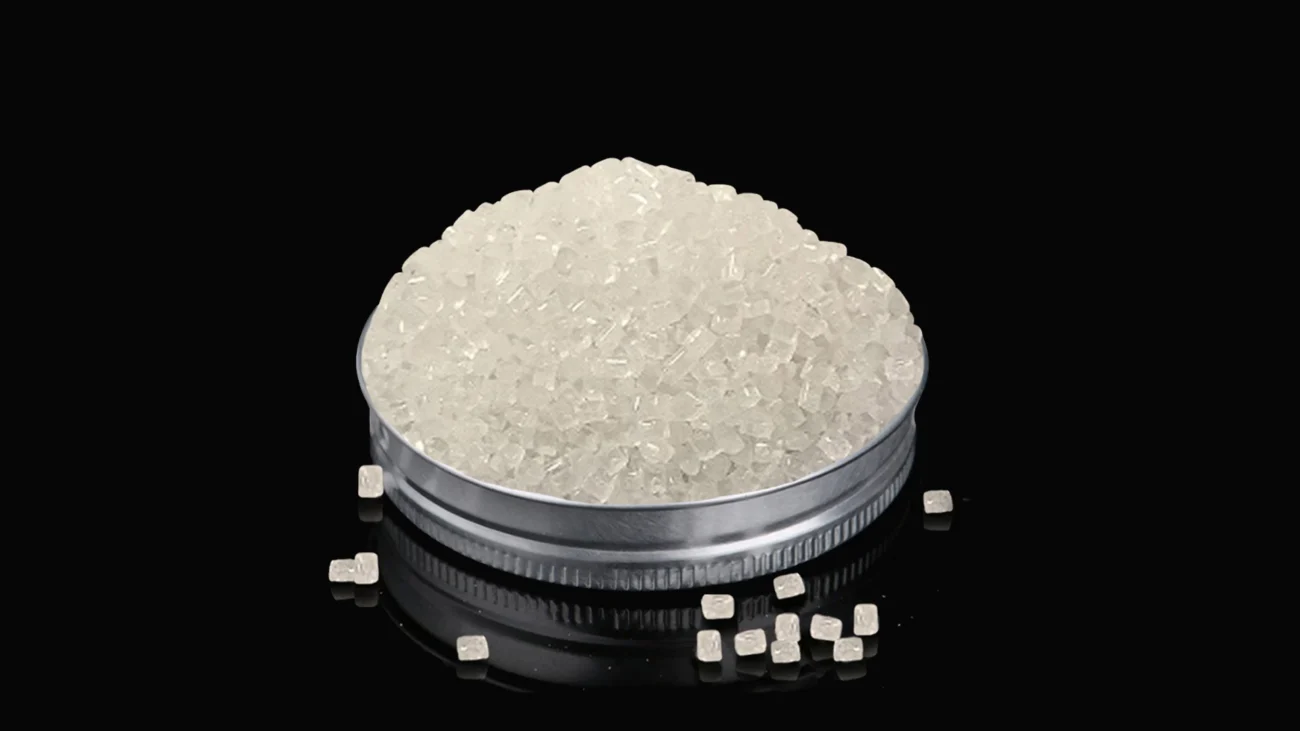
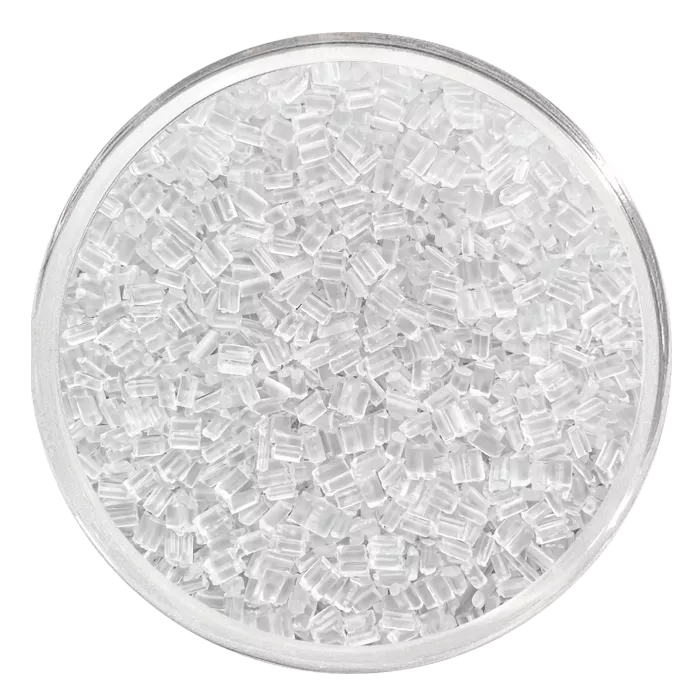
Masterbatch Additive Enhancer MFI
Rheology control masterbatch or MFI increasing masterbatch is one of the products of Saai Polymer Danesh Company that is used to increase the melt index of polypropylene. By adding this masterbatch to polypropylene, the viscosity index of polypropylene can be increased. This masterbatch is used for various applications in different industries depending on the additives used in it. The main feature of Saai Polymer Danesh Company’s rheology control masterbatch is the extremely high effectiveness of this product, so that by adding small amounts of this masterbatch, a very high melt index can be achieved. In this way, various products from plastic injection industries to textile industries can be produced using this masterbatch. Applications of this product include plastic injection molding, monofilament, CF and BCF, nonwoven, spunbond, meltblown and other nonwoven fabrics. In plastic injection molding, this masterbatch can produce products with better surface finish, less distortion and higher production speed. In textile extrusion, this masterbatch can produce finer fibers and filaments with lower denier and greater fineness.
Masterbatch Additive Process Aid
Polymer Processing Aid (PPA) masterbatch is specifically designed to increase the extrudability of plastics (polyethylene films, pipes, tubes, etc.) and improves production and/or quality. Process aids are based on fluoroelastomers and are widely recommended to improve polymer processability at higher shear rates. Reducing machine wear, improving and facilitating the production process, reducing temperature and pressure and increasing machine life, making the film surface smoother and shinier, increasing the transparency of the film surface, improving printability, reducing machine wear, reducing time and waste when changing colors, reducing process temperature and pressure, eliminating the phenomena of die buildup and melt fracture, increasing production speed, reducing energy consumption costs and ultimately, reducing the final price are some of the effects of using process aid masterbatch. In other words, using process aid masterbatch in the production of PE, PP products, Thin films, regular and thick films, agricultural films, sacks, jumbo and plastic cartons, PP fibers and tubes, and polyolefins are used. Production processes can be carried out at lower temperatures without reducing production speed, which leads to improved properties of the final product.
Kimia Trava’s process aid masterbatch eliminates melt breakage, reduces mold material accumulation, improves film surface, eliminates fish scale effect, reduces gel formation, and increases production output. By creating a suitable layer between the polymer melt and the metal wall of the machinery, the process aid additive masterbatch prevents combustion and burning, as well as smoothing the product surface.
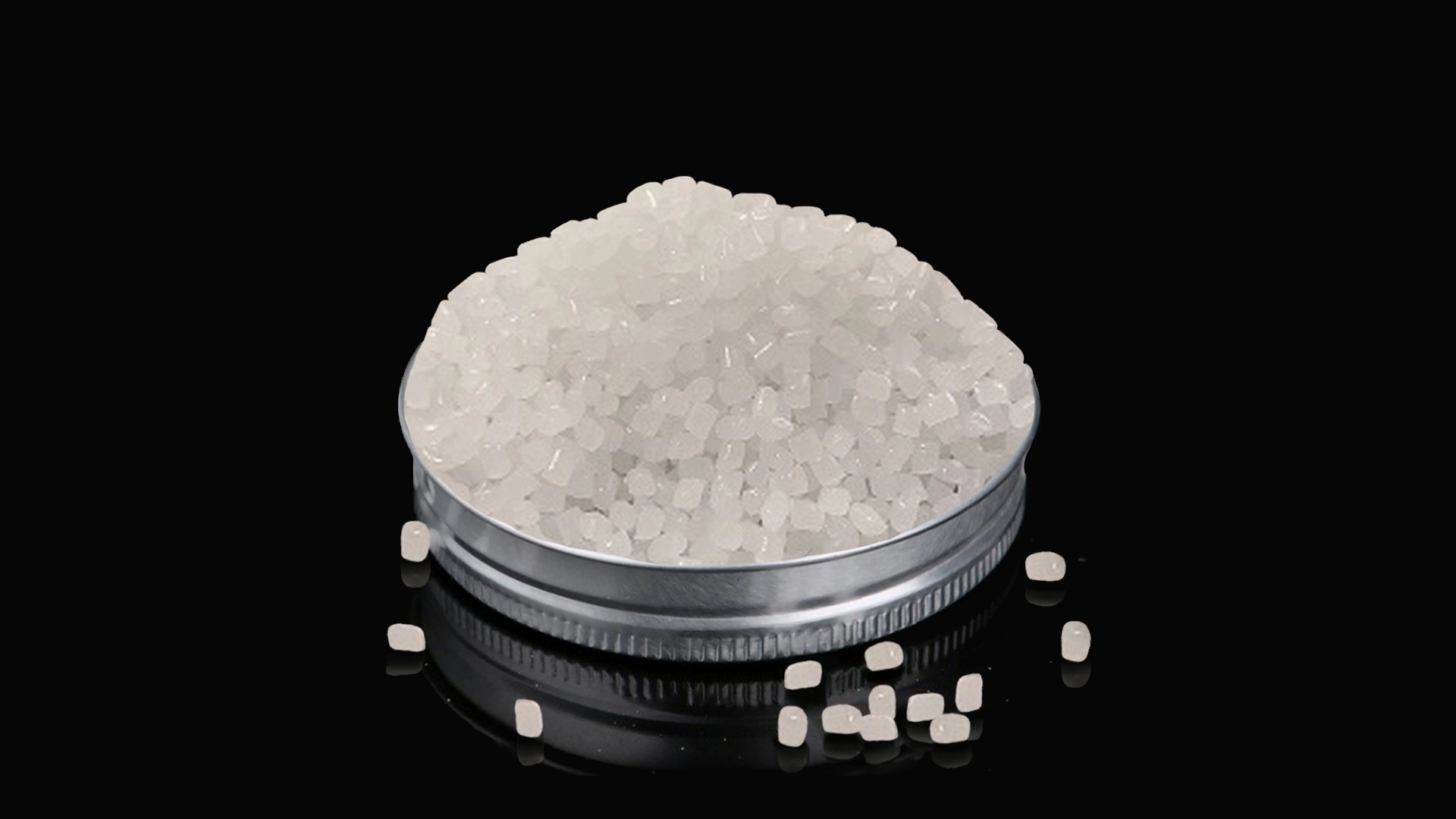

Optical brightener masterbatch
Brightening masterbatch, also known as optical masterbatch, optical brightener masterbatch, or whitening masterbatch, contains active ingredients (OB) that absorb ambient ultraviolet light and emit it as bluish-white visible light through a chemical fluorescence process.
The appearance of the products being purchased is always of great importance, and one of the ways to attract customers is to enhance the appearance of the products.
Kimia Trava Tech’s Brightening Masterbatch (Optical Brightener) can help improve the perceived value of your products and make them appear more luxurious and high-end. This can be especially important for products sold in competitive markets, where even small differences in appearance can have a big impact on sales.
Additionally, optical brightener masterbatches can help improve the durability of parts such as automotive parts or consumer electronics by making your products more resistant to scratches and other forms of damage.
Finally, optical brightener masterbatches can help improve the overall aesthetic appeal of your products by creating a more uniform and consistent finish. This benefit can be especially important for products sold in sets, where a consistent look can help tie everything together.
How does optical brightener masterbatch help ?
Today, companies that produce premium products use whitening agents such as optical brighteners and brightening masterbatches to produce products with a shiny surface.
Of course, it should be noted that the use of masterbatches is not limited to plastic products and is used in the paper and textile industries.
By creating a shiny surface, brightening masterbatches make the desired product appear whiter than ever.
If we want to scientifically examine the work of optical brighteners, we must tell you that these materials are actually excited in the UV region and then emit blue light in the visible region.
This process leads to the whiter and shinier appearance of these products, and in this case, there is no need to replace your plastic products or wash them with an acid such as Whitex.
Kimia Trava Tech Company, by providing the best and highest quality brightening masterbatch (optical brightener), has the honor of being among the most unique and top companies providing optical brighteners such as brightening masterbatch.
Benefits of Optical brightener masterbatch:
- Covering the effect of yellowing and natural discoloration of plastics (removing yellowness and surface turbidity)
- Improves the original color
- Provides brightness to colored products.
- Gives gloss to the product.
- Improves optical properties.
- Produces a glacier white color in white parts.
- Improves the color in recycled polymers.
Application of Optical brightener masterbatch:
- Polyethylene films
- Disposable containers
- PP films and sheets
- Blown and injection products
- Granules
Flame retardant additive masterbatch
Flame retardants are chemicals added to polymers to increase their fire safety. For example, many plastics are flammable. Therefore, by adding flame retardants, their resistance to fire is increased, thereby reducing the risk of fire. Combustion of polymers is a rapid, exothermic, oxygen-induced process. Fire starts at high temperatures (360 °C), especially for polyolefins, and decomposes the polymer into combustible gases.
The main theories governing the operation of various delay types include the following:
- Gaseous theory: Reduction of the concentration of oxygen and other oxidizing substances on the polymer surface; this is done through the production of neutral gases such as water, carbon dioxide and ammonia.
- Thermal theory: Degradation of the retardant through an endothermic reaction and cooling of the fire-affected environment
- Chemical theory: Transformation of the retardant into components capable of absorbing free radicals and disrupting oxidation reactions (radical trapping)
- Coating theory: Formation of a carbon layer or liquid coating, thereby reducing the penetration of oxygen and heat to the polymer surface.

Types of flame retardant additives
Flame retardant additives are divided into halogenated and non-halogenated bases. A brief explanation of this is given below:
Halogen flame retardant
Like light and heat stabilizers, bromine or chlorine-based retardants act as free radical scavengers. These additives work by replacing hydrogen and hydroxyl free radicals with halide (bromide or chloride) radicals, preventing the combustion reaction from continuing. This process is very effective in preventing and extinguishing combustion. Among them, bromine-containing compounds are very popular due to their easier decomposition.
Mineral retarder
When inorganic flame retardants are used together with halogen flame retardants, they have a synergistic effect. This increases the effectiveness of halogen radicals. Among the inorganic flame retardants, antimony trioxide (Sb2O3) reacts with oxygen halides to form new radicals. As a result, it helps to suppress the combustion process. For example, in formulations using bromine-based flame retardants, hydrogen bromide prevents the combustion process. HBR reacts with antimony trioxide to form antimony halides, which neutralize the free radical through reactions. Other additives such as iron oxide, zinc borate, and barium metaborate can be used together with antimony. This leads to a synergistic effect and reduces costs. Antimony with standard particle size causes turbidity in polymer products; Antimony with particle sizes of 0.8-1 microns behaves like white pigments, and particle sizes below 0.8 microns result in translucent products.
Phosphate retardant
Phosphate-based flame retardants can be useful in polyolefins. P-FRs decompose on heat and form a charred foam on the surface of the burning polymer to prevent further combustion of the polymer. Since the surface oxidation process of PP is greater than that of PE, P-FRs are more suitable for polypropylene than for polyethylene. Phosphate flame retardant additives can be as effective as halogenated flame retardants, and are therefore considered their main competitors. Phosphate-based additives suppress smoke and do not have the corrosive by-product that interferes with light stabilizers like H-FRs. The mechanism of action of this group is as follows; when the polymer decomposition is initiated by heat, the flame retardant additive is activated and forms a charred foam surface. This formed charcoal prevents the spread of smoke, heat, burning gases and other extracted gases due to its thickness and insulating nature. These flame retardants are used in electrical industries that are prone to burning and damage. Also, P-FR retardants do not interfere with HALS light stabilizers.

Antioxidant additive masterbatch
Antioxidant masterbatches are used to prevent oxidation of materials in the production process and to increase the resistance of the polymer during the production process, storage and use period.
Antioxidant masterbatches are used in two cases: in the first stage, the polymer temperature is higher than the melting temperature, and in the second stage, it is exposed to ambient temperature, atmospheric conditions and oxygen. If antioxidant masterbatches are not used at this stage, the polymers will suffer a loss of properties and degradation.
Antioxidant masterbatches are used to stabilize the polymer against oxidizing agents in the production process, as well as to prevent degradation and oxidation of the polymer at high process temperatures, and to increase the environmental resistance of the polymer and improve the properties of recycled materials.
Benefits of Antioxidant Masterbatch:
Maintaining mechanical properties
Increasing impact resistance
Maintaining molten polymer properties at high process temperatures
Maintaining elongation
Increasing the lifespan of polymer components
Maintaining tensile strength
Maintaining shine and transparency
Preventing gel formation in the product
Protection from yellowing and discoloration
Preventing surface cracking
Preventing odor formation
Preventing polymer degradation during the process
Applications of antioxidant masterbatch:
Thin films, regular and thick films
Agricultural films
Sacks and jumbo and plastic cartons
Fibers
PP injection products and PP pipes
Polyolefins
Pipe and profile production
Injection and blown films and parts
